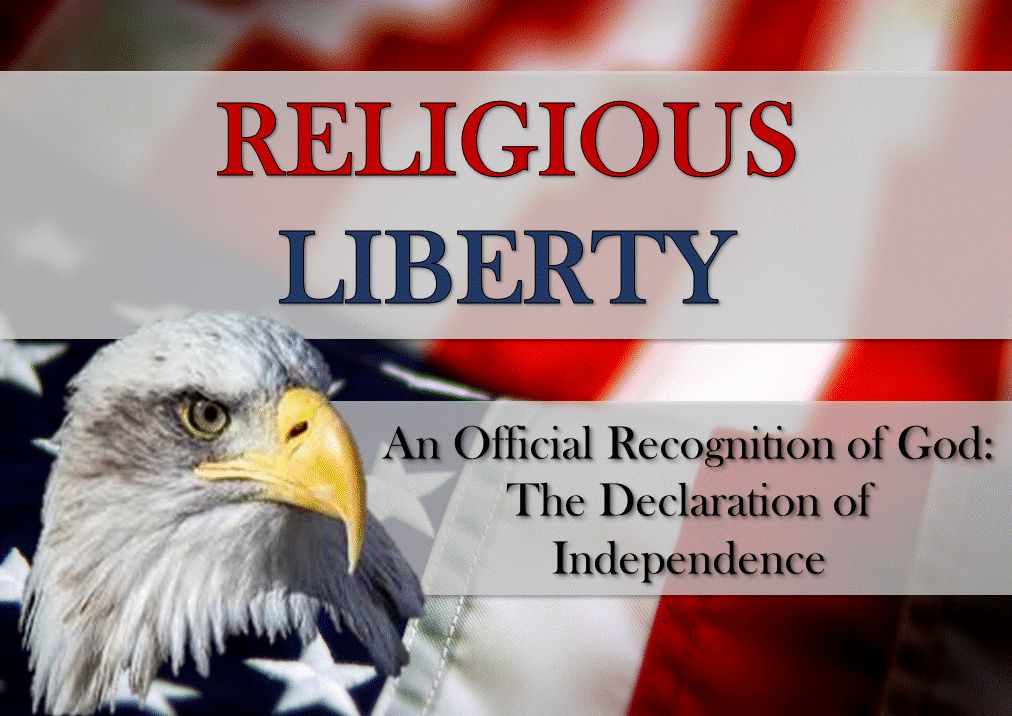 In our previous article, we considered the Pilgrims who settled in Plymouth for the primary reason of advancing their brand of Christianity. As Separatists, they determined to make a clean break with the Church of England and thought everyone should do the same.
In our previous article, we considered the Pilgrims who settled in Plymouth for the primary reason of advancing their brand of Christianity. As Separatists, they determined to make a clean break with the Church of England and thought everyone should do the same.
In short, their idea of religious freedom was slightly different than ours: every person should be free to be a Separatist.
Not far from Plymouth, another group arrived in the New World with a similar goal. Led by Governor John Winthrop, the Puritans in Massachusetts sought to “purify” the Anglican Church rather than abandon it altogether.
It was the late spring of 1630. John Winthrop sat in his bunkroom aboard the Arbella dreaming about the new life he and his fellow Puritans were about to establish in America. Pen in hand, he carefully described his vision in what would eventually become his famous document “A Model of Christian Charity.” Such a society would be supervised by a government that was both “civil and ecclesiastical.”[i] To Winthrop, a nation brimming with love for the fellow man and devotion to God would be “a city upon a hill,”[ii] manifesting the glory of God to the world.
Winthrop’s dream of a utopian society built upon reciprocated love never transformed into reality. In his journal, the governor recorded a growing perception that, due to the fallen state of humanity, his lofty ideals would forever elude his grasp. Even as he crafted his outline of the ideal society aboard the Arbella, below him two of his fellow travelers broke into the ship’s storeroom and stole some liquor. At the General Court of Massachusetts on September 6, 1631, a young man received a flogging for seducing an Indian squaw while another was whipped and banished for writing slanderous letters about the government and churches of Massachusetts. In November of 1633, the Court felt compelled to limit the wages of laborers because they were raising their prices so high that they only had to work four days per week, allowing excessive time for idleness. On December 6, 1638, Dorothy Talbye from Salem was sent to the gallows for murdering her own daughter. In 1649, several people received punishment for sexual sins, including rape, sodomy, and bestiality. With resignation, Winthrop noted that “as people increased, so sin abounded.”[iii] The “city on a hill” would never shine as brightly in reality as it had in Winthrop’s dreams.
Although Winthrop’s lofty ideals never gained traction, they reveal the intent of his purpose for arriving in America; a purpose shared by a majority of the settlers. They came to America not to seek freedom from religion, but to promote their favored religious denomination within the wide spectrum of Christianity.
In Winthrop’s case the preferred brand of religion was Puritanism, which, in Massachusetts, became the Congregational Church. The “city on a hill” that glimmered in Winthrop’s imagination was not a utopian society free from the influence of religion, but a culture in which government and religion were intertwined as one. So strongly did Winthrop believe in this union that he imposed civil punishment upon those who dared to rebel against the doctrine and practices of the official Congregational Church. One individual who famously bore the brunt of his religious aggression was the opinionated Anne Hutchinson.
Between 1636 and 1638, a heated doctrinal dispute fired up the devout citizens of Boston when Anne Hutchinson began to publicly question the teachings of the Congregational Church. Eventually, the General Court, led by Winthrop, banished her from Massachusetts.[iv] It is important to note that the banishment was based upon heresy rather than a criminal act. In Massachusetts, then, religious liberty was only available for those who complied with the official religion, which happened to be Congregationalism. Winthrop and his colleagues saw it as their duty to control what the citizens believed. This is exactly what the founders meant to curtail a century and a half later through the adoption of the First Amendment to the Constitution. For now, however, it is enough for us to understand once again that Massachusetts was established upon the foundation of Christianity.
Although John Winthrop’s vision of a “city on a hill” that would reflect the glory of God to the nations seems like a noble dream, those of us who embrace religious liberty can breathe a collective sigh of relief that his experiment failed. Should he have succeeded, Americans today could be forced to adhere to a certain religion, whatever it may be. For Winthrop, it was a Congregational form of Puritanism. Later it could have been Anglicanism, Catholicism, Islam, or even atheism.
The Old Deluder Law
While we are on the subject of Massachusetts, it is interesting to note that one of the earliest laws mandating public education was the Massachusetts General School Law of 1647, also known as “The Old Deluder Law.” This law had as its purpose defeating Satan’s attempt to destroy men’s knowledge of the Scriptures through the inability to read. I know many public school teachers who are devout Christians, but I wonder how many of their colleagues arrive at school each day with the intent to prepare their students to defeat Satan’s ploys. We have come a long way in the past two and a half centuries, but regrettably we have been traveling in the wrong direction.
In the next article, we will look at my all-time favorite character in American history—the indomitable Roger Williams.
Next article: True Liberty: The Indomitable Roger Williams
Previous article: The Pilgrims: “Advance the Christian Faith!”
See the other articles about religious liberty
[i] John Winthrop, “A Model of Christian Charity” (ed. John Beardsley, The Winthrop Society, 1630), accessed July 22, 2015, http://www.winthropsociety.com/doc_charity.php.
[ii] Ibid.
[iii] John Winthrop, The Journal of John Winthrop: 1630-1649, ed. Richard S. Dunn and Laetitia Yeandle (Cambridge, MA: Harvard University Press, 1996), November 12, 1649, 197.
[iv] Ibid., xiii.



